Dealing with redness on the skin can be frustrating and uncomfortable. Whether it’s a result of skin conditions like rosacea or temporary flare-ups due to various factors, managing redness requires a comprehensive approach. In this article, we will explore effective strategies, dos, and don’ts for redness management that can help you maintain a calm and healthy complexion.
Understanding Redness
Redness is a common skin concern that manifests as a reddish or flushed appearance on the skin. It can be caused by various factors, including inflammation, increased blood flow, or dilated blood vessels near the skin’s surface. Understanding the underlying causes of redness is essential to develop an effective management plan.
Common Causes of Redness
Before diving into the dos and don’ts of redness management, it’s crucial to identify some common triggers. Redness can be caused by factors such as sensitive skin, sunburn, allergies, extreme temperatures, hormonal changes, stress, or certain medical conditions like rosacea or eczema.
Dos for Managing Redness
Maintain a Skincare Routine
Establishing a consistent skincare routine is vital for managing redness. Start by using a gentle cleanser that doesn’t strip the skin of its natural oils. Follow up with a soothing moisturizer specifically designed for sensitive or redness-prone skin. Choose products with calming ingredients like aloe vera, chamomile, green tea extract, or niacinamide.
Use Gentle and Soothing Products
Opt for skincare and cosmetic products that are labeled as suitable for sensitive skin. Look for formulations that are fragrance-free, hypoallergenic, and non-comedogenic. Avoid harsh ingredients such as alcohol, sulfates, and synthetic fragrances, as they can aggravate redness and cause further irritation.
Protect Your Skin from Environmental Triggers
Shielding your skin from external factors that can trigger redness is essential. Apply a broad-spectrum sunscreen with an SPF of 30 or higher daily, even on cloudy days. Additionally, use a physical barrier like a scarf or hat to protect your face from cold winds or extreme heat.
Apply Cold Compresses
When experiencing a redness flare-up, applying a cold compress can help reduce inflammation and soothe the skin. Wrap ice cubes or a chilled gel pack in a soft cloth and gently press it against the affected area for a few minutes. Repeat this as needed to alleviate redness and discomfort.
Keep Hydrated
Maintaining optimal hydration is essential for overall skin health. Drink an adequate amount of water throughout the day to keep your skin hydrated from within. Proper hydration helps support a healthy skin barrier and can minimize the appearance of redness.
Don’ts for Managing Redness
Avoid Harsh Cleansers
Steer clear of harsh cleansers that contain strong surfactants or exfoliating agents. These can strip away natural oils and disrupt the skin’s moisture balance, leading to increased redness and irritation. Instead, opt for gentle, non-foaming cleansers that cleanse without causing excessive dryness.
Steer Clear of Hot Water
Hot water can be detrimental to redness-prone skin. Avoid using hot water while cleansing or washing your face, as it can cause dilation of blood vessels and exacerbate redness. Opt for lukewarm water instead, and pat your skin dry gently with a soft towel.
Limit Sun Exposure
Excessive sun exposure can worsen redness and trigger flare-ups. Protect your skin by seeking shade, wearing protective clothing, and using a broad-spectrum sunscreen. Avoid direct sunlight during peak hours when the UV rays are strongest.
Say No to Irritating Ingredients
When selecting skincare products, check the ingredient list for potential irritants. Stay away from products that contain alcohol, fragrance, menthol, citrus extracts, or other known irritants. These can lead to skin sensitivity and redness, especially if you have a pre-existing condition like rosacea.
Avoid Over-Exfoliating
While exfoliation is beneficial for most skin types, overdoing it can worsen redness and cause irritation. Avoid harsh physical scrubs or aggressive chemical exfoliants. Opt for mild exfoliants with gentle ingredients like enzymes or hydroxy acids, and limit exfoliation to once or twice a week.
Professional Treatment Options
In some cases, professional treatments can provide additional support for redness management. Consult a dermatologist or skincare professional who can assess your condition and recommend suitable options such as laser therapy, intense pulsed light (IPL), or prescription medications.
Lifestyle and Dietary Considerations
Certain lifestyle and dietary choices can impact redness-prone skin. Manage stress levels through relaxation techniques like meditation or yoga. Avoid spicy foods, alcohol, and hot beverages, as these can trigger redness and flushing. Ensure a balanced diet rich in anti-inflammatory foods like fruits, vegetables, and omega-3 fatty acids.
When to Seek Medical Advice
If redness persists, worsens, or is accompanied by other concerning symptoms like pain, itching, or swelling, it’s essential to seek medical advice. A dermatologist can evaluate your condition, provide a diagnosis, and recommend appropriate treatment options tailored to your specific needs.
Conclusion
Managing redness requires a holistic approach that involves understanding the causes, adopting appropriate skincare routines, and making necessary lifestyle adjustments. By following the dos and don’ts outlined in this article, you can effectively manage redness and promote a calmer, healthier complexion. Remember, consistency and patience are key when it comes to achieving long-term results.

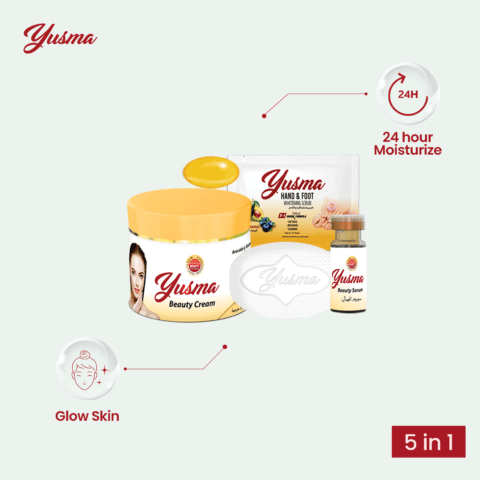
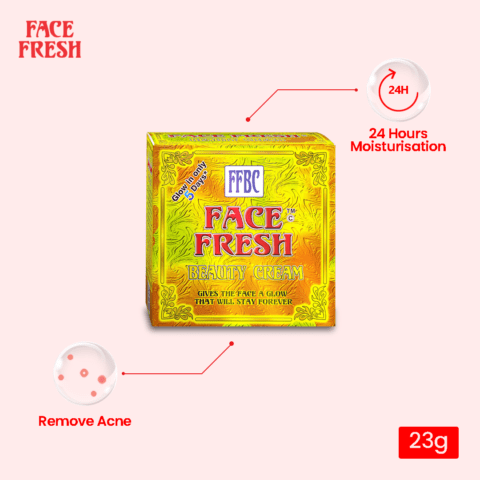
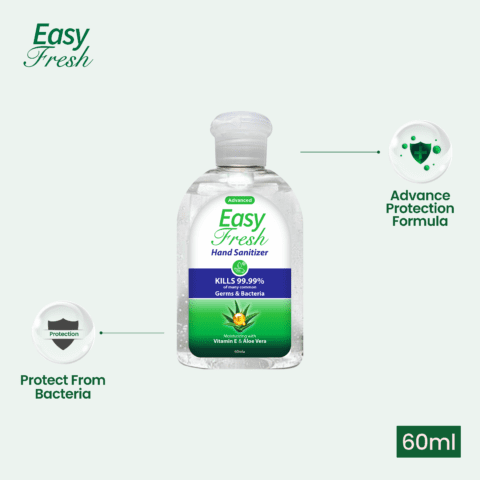
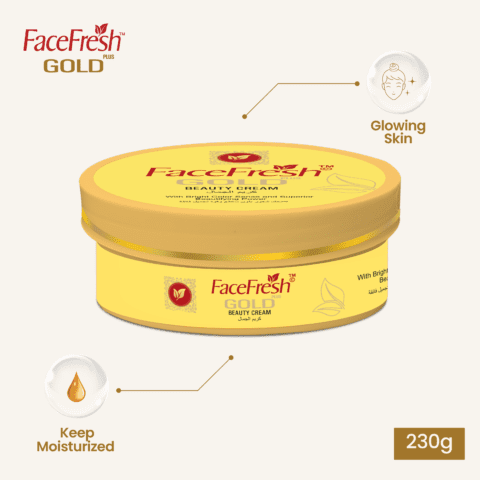
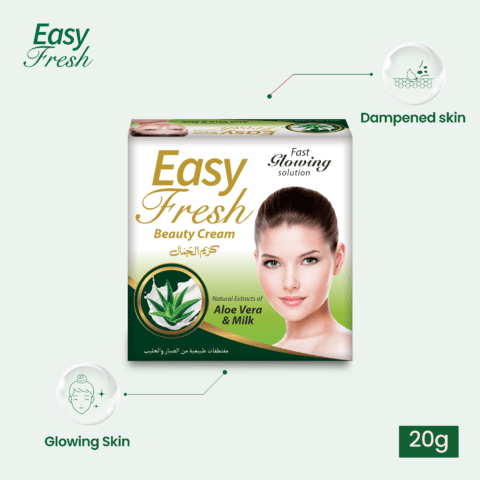
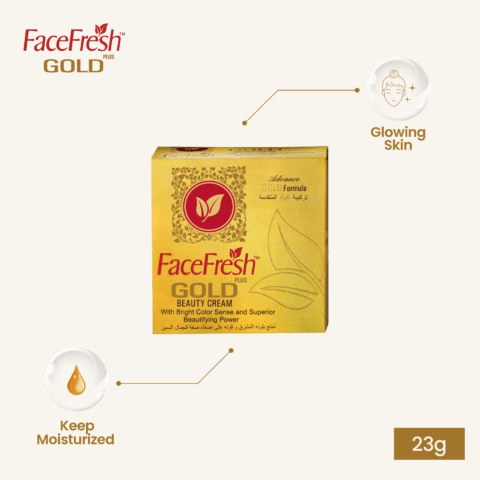
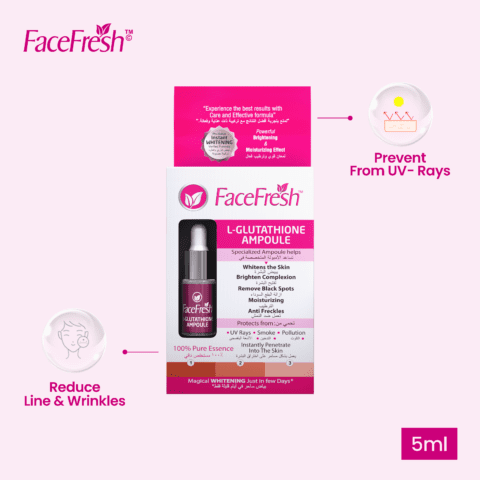
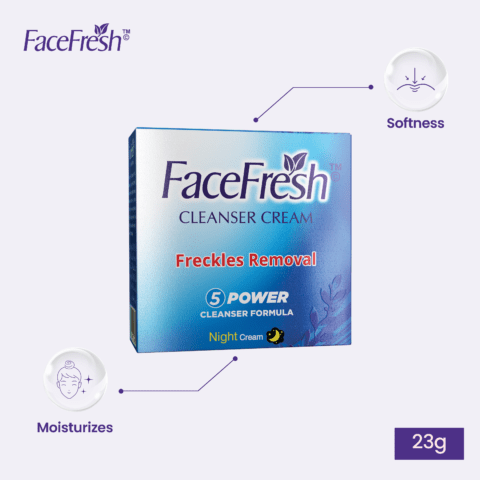
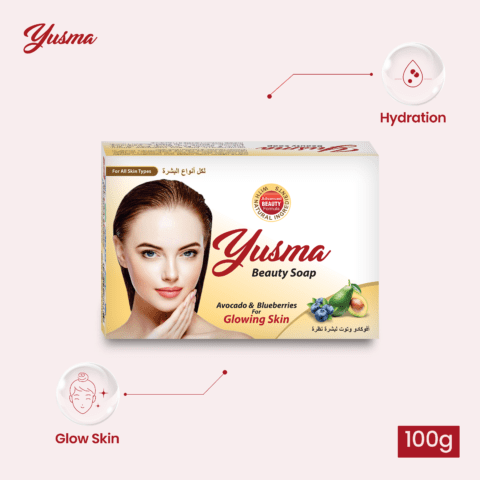
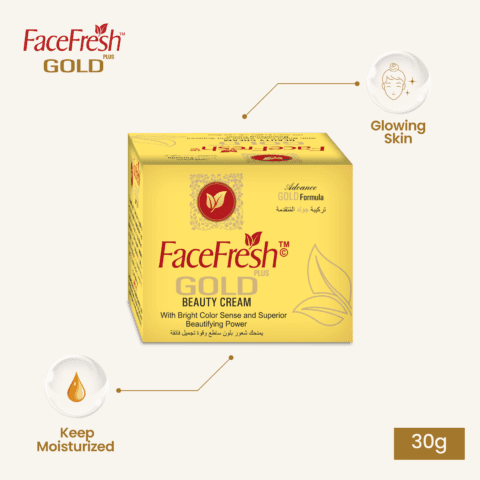
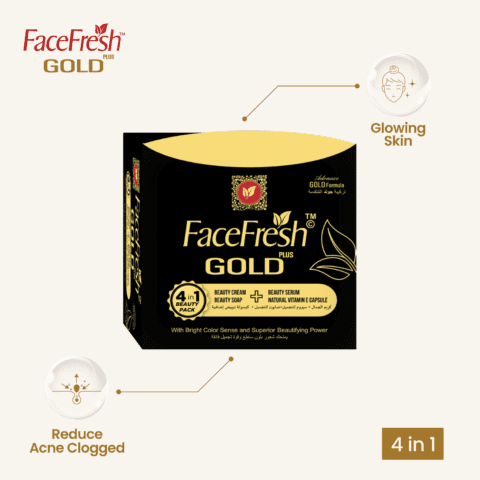
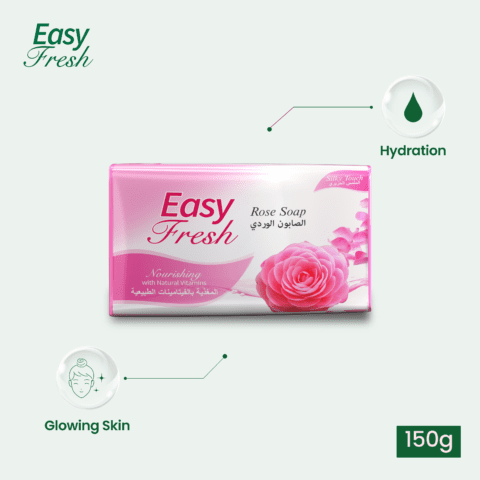
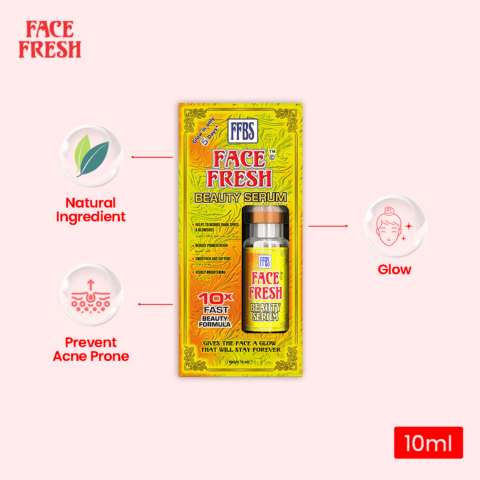
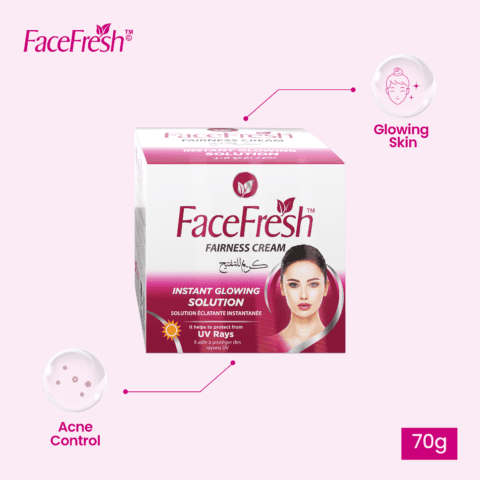



Leave a comment
Your email address will not be published. Required fields are marked *